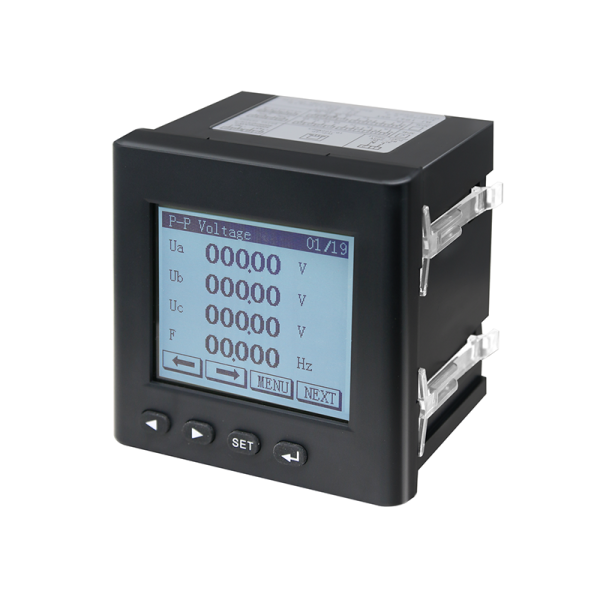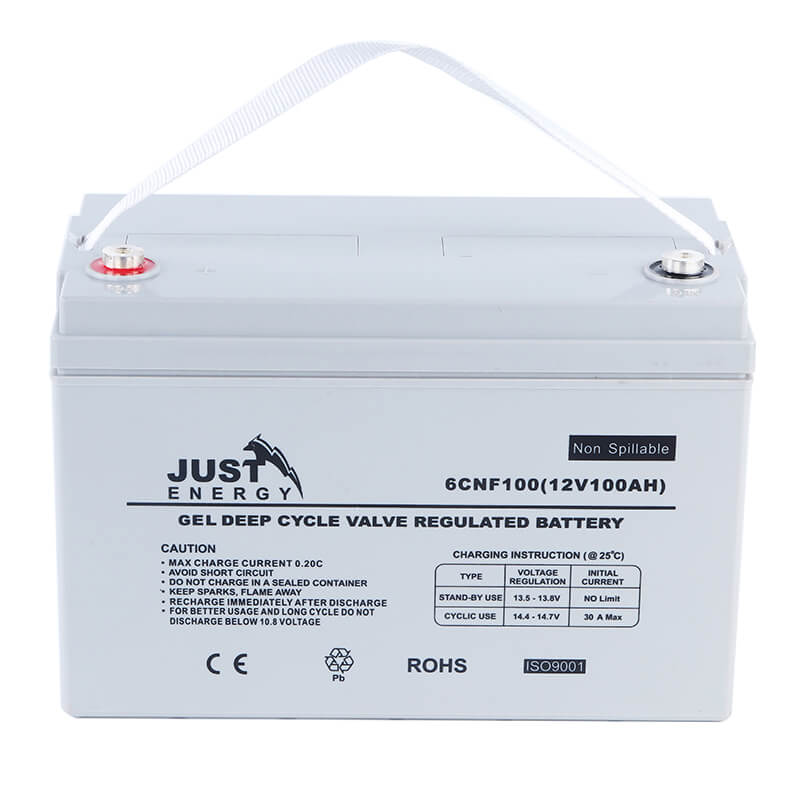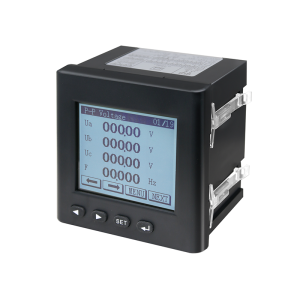What is a linear encoder vs a rotary encoder? Linear encoders and rotary encoders are the two main encoders used to measure different types of motion. They differ significantly in terms of working principles, application fields, and measurement ranges. The following is a detailed description of linear vs rotary encoder:

Linear encoder vs rotary encoder in Measuring principle
Linear Encoder: Linear encoders are used to measure an object’s linear displacement or movement. They usually consist of a long linear scale and a read head fixed to a moving part. When an object is linearly displaced, the read head slides along the scale and measures the change in position by reading changes in the scale lines or encoded signals.
The sensor structure of a linear encoder is usually arranged along a linear axis. The scale is usually located on a linear axis and can be a magnetic, optical, or capacitive sensor type. The read head is fixed on the measurement object and detects position changes through contact or non-contact with the scale.
Rotary Encoder: The Rotary encoder is used to measure the rotation or angular change of an object. They are usually mounted on a rotating shaft and produce an output signal as the shaft rotates. Rotary encoders can be divided into two main types: absolute and incremental. Absolute rotary encoders provide absolute position information at each position, while incremental rotary encoders provide the change in position relative to a reference point.
The sensor structure of the rotary encoder is designed to be suitable for use on rotating shafts. They are usually mounted at the end of or within a rotating shaft, and rotation of the rotating shaft causes the sensor to produce an output signal. Sensors can be of different types such as photoelectric, magnetic, capacitive or Hall effect.
Linear encoder vs rotary encoder in Application:
linear encoder
CNC machine tools: On CNC machine tools, linear encoders are usually used to measure the linear displacement of components such as work piece tables or tool holders to achieve high-precision machining control.

3D Printing: 3D printers use linear encoders to measure the position of the print head or printing platform to ensure precise positioning and layer thickness during the printing process.

Laser cutting machine: On a laser cutting machine, a linear encoder is used to measure the position of the work piece table to achieve precise cutting of the work piece.

Translation stages and precision positioning systems: Linear encoders are widely used in translation stages and precision positioning systems that require precise position control, such as microscopes, measuring instruments, etc.
Rotary encoder
Motor Control: Rotary encoders are used to measure the angle of rotation or position of a motor shaft for precise speed and position control. This is very common in industrial machinery, robotics, aerospace, etc.

Navigation Systems: Rotary encoders play a key role in the navigation systems of ships, aircraft and vehicles, used to measure direction and heading angles.

Balance Adjustment: In a balance adjustment system, a rotary encoder is used to measure the angle of a rotating component to adjust balance and attitude control.
Camera positioning and autofocus: Rotary encoders can be used in camera positioning and autofocus systems to ensure accurate camera positioning and focus.

Linear encoder vs rotary encoder in Advantages
Advantages of Linear Encoders:
High Precision: Linear encoders can provide high-resolution position feedback along a linear axis, offering precise measurements of linear motion.
Direct Measurement: They directly measure linear displacement without the need for additional conversion or calculation, leading to accurate and reliable position feedback.
Linear Scale: The linear scale used in linear encoders is typically straightforward to install and align, resulting in easier setup and calibration compared to rotary encoders.
Applicable to Linear Motion Systems: Linear encoders are well-suited for machines and systems with linear motion, such as CNC machines, 3D printers, and coordinate measuring machines (CMMs), enabling precise control and positioning.
Less Susceptible to Vibration: Linear encoders mounted on stable linear axes are less susceptible to vibration-induced errors compared to rotary encoders, making them suitable for high-precision applications.
Advantages of Rotary Encoders:
Versatility: Rotary encoders are highly versatile and can measure rotational motion in various applications, including motors, robotics, navigation systems, and industrial automation.
Compact Size: Rotary encoders are often more compact and can be easily integrated into rotating machinery and systems without occupying much space.
Incremental and Absolute Outputs: Rotary encoders are available in both incremental and absolute types, providing flexibility in terms of output signals based on specific application requirements.
Continuous Rotation: Unlike linear encoders, rotary encoders can provide continuous feedback over 360 degrees or multiple revolutions, making them suitable for applications involving continuous rotation or multiple turns.
Cost-Effectiveness: In some cases, rotary encoders may be more cost-effective than linear encoders, especially for applications where rotational motion measurement suffices and linear motion measurement is not necessary.
Linear encoder vs rotary encoder in Physical design and structure
Linear Encoder:
1. Scale and Reading Head Arrangement:
Linear encoders consist of a linear scale and a reading head.
The linear scale is typically a long strip or ruler with encoded markings, often made of glass or metal.
The reading head moves along the linear scale to detect position changes, typically through optical or magnetic means.
2. Installation Orientation:
Linear encoders are installed along linear axes; such as rails or tracks.
The linear scale is fixed along the linear axis, while the reading head moves along the scale in response to linear motion.
3. Measurement of Linear Motion:
Linear encoders measure linear motion or displacement along a straight path.
The linear scale provides position feedback in a linear manner, directly correlating to the distance traveled along the linear axis.
Rotary Encoder:
1. Disk or Shaft Structure:
Rotary encoders consist of a disk or shaft with encoded markings and a sensor or reading head.
The disk may have radial slots (for incremental encoders) or absolute markings (for absolute encoders), while the shaft may have a pattern of magnetic poles (for magnetic encoders).
2. Mounting on Rotating Components:
Rotary encoders are mounted on rotating shafts or components of machinery.
The disk or shaft rotates with the rotating machinery, and the sensor or reading head detects changes in position as the markings on the disk or shaft pass by.
3. Measurement of Rotary Motion:
Rotary encoders measure rotational motion or angular displacement around an axis.
The encoded markings on the disk or shaft rotationally provide position feedback, with each marking representing a certain angular position.
In summary, the physical design and structure of linear encoders and rotary encoders differ based on their intended measurement of linear motion or rotary motion, respectively. Linear encoders use a linear scale and reading head arrangement along linear axes, while rotary encoders use disks or shafts with encoded markings mounted on rotating components. Each type of encoder is optimized for its specific application and motion measurement requirements.






